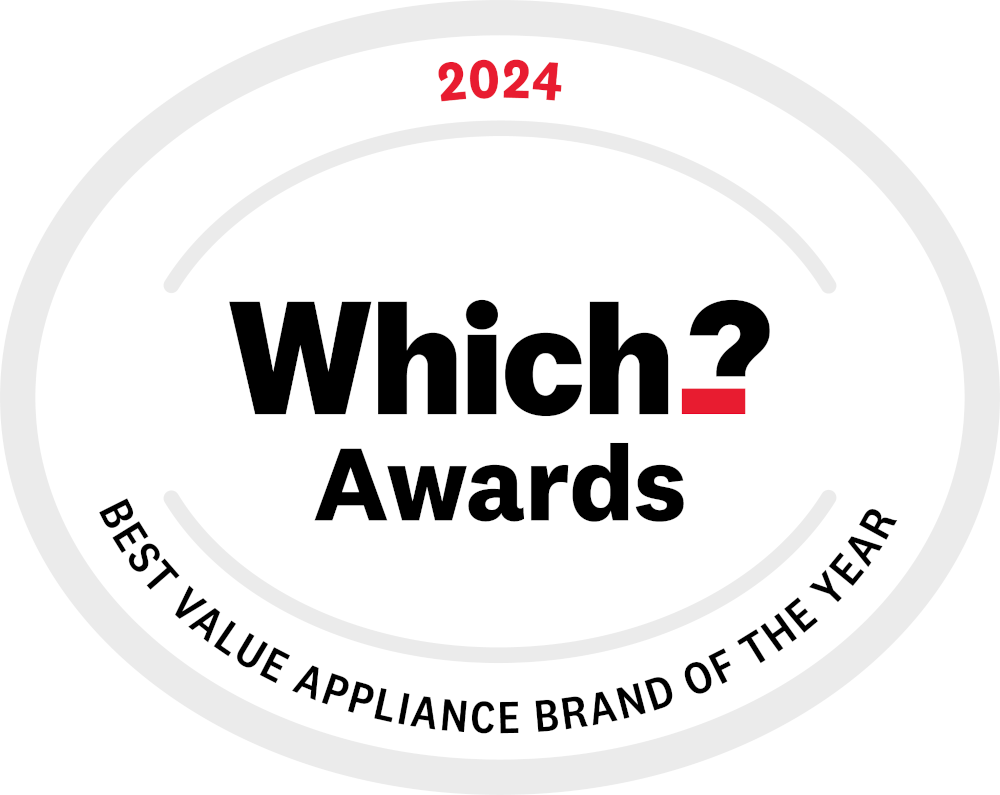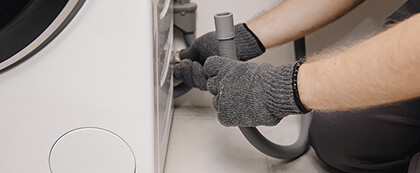Washing machine parts and components explained
Exterior parts of a washing machine
The outside of your washing machine is vital, much like its internal pipes and drum. Understanding the parts, their replaceability, and functions ensures the appliance runs smoothly. From assembling the door correctly to properly placing the detergent, there are plenty of things you need to know about the exterior of your washing machine.
Door and seal
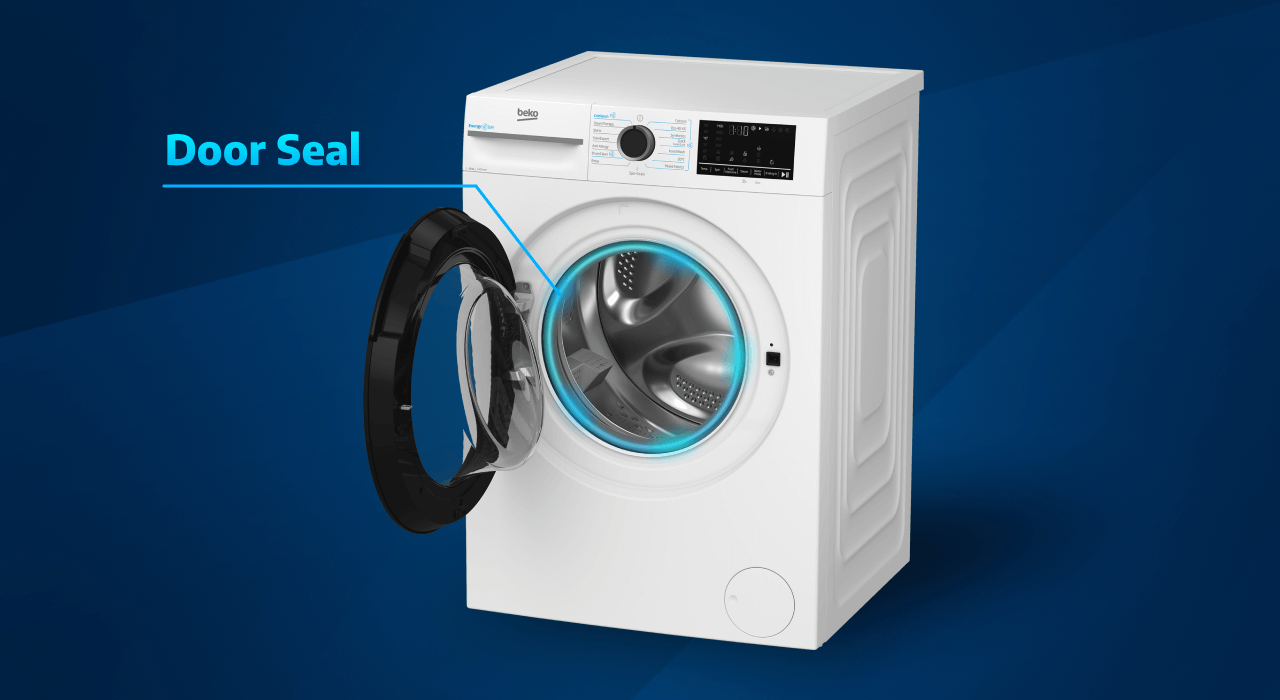
The main exterior component of your washing machine that you will interact with every time you do laundry is the washing machine door. On front-loading washers, this door is typically positioned in the middle of the front panel and often includes a clear door so you can see what’s happening in your washing machine.
The seal around the door is vital as it ensures your washing machine is water-tight, preventing leaks or operational issues. If you observe water leaking from the door, it may indicate problems with the hinges or the seal itself. Make sure both are securely in place and reach out to our Customer Care team for further assistance if needed.
Control panel and display
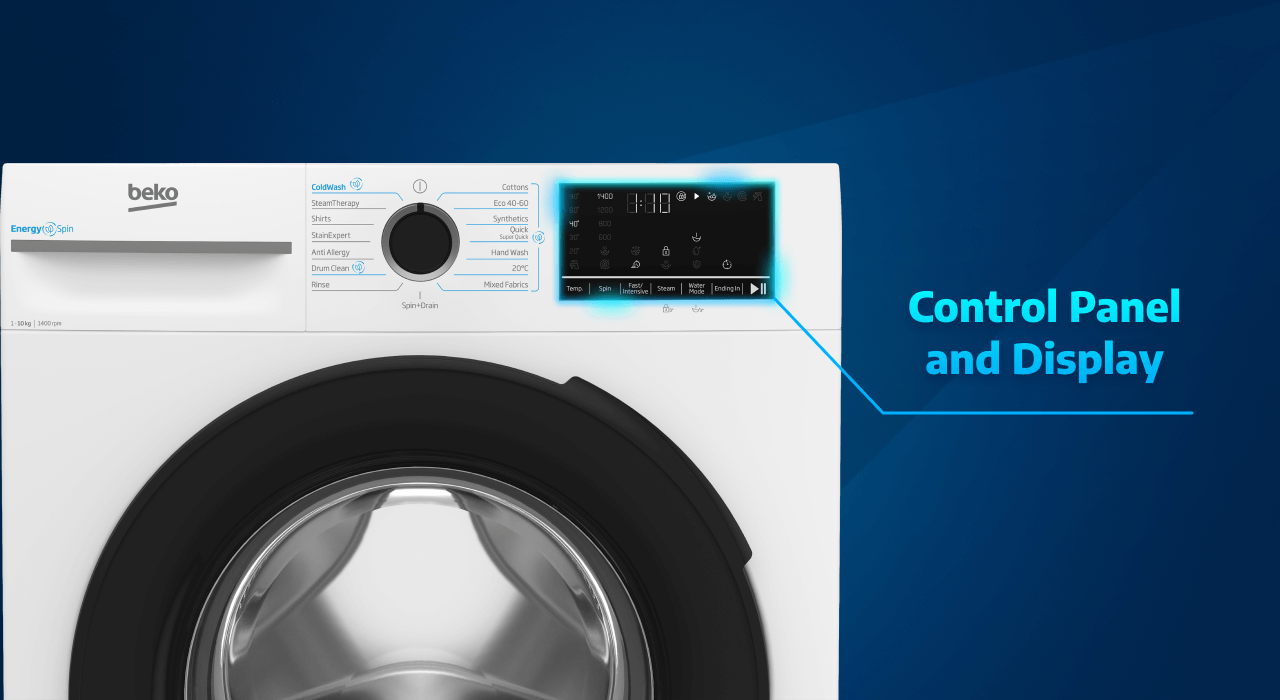
Your control panel and display are essential for selecting the right cycles and programmes for your laundry. They typically show how much time is left in the cycle and which stage the laundry is at. They also indicate when the washing machine door is locked.
It is important to check your manufacturer’s manual to understand how to use your specific model, including the dials and display screen. If your display isn’t showing correctly, there might be an issue with the electrics or set-up of your machine. Contact our Customer Care team for assistance if you need help solving this problem.
Detergent dispenser
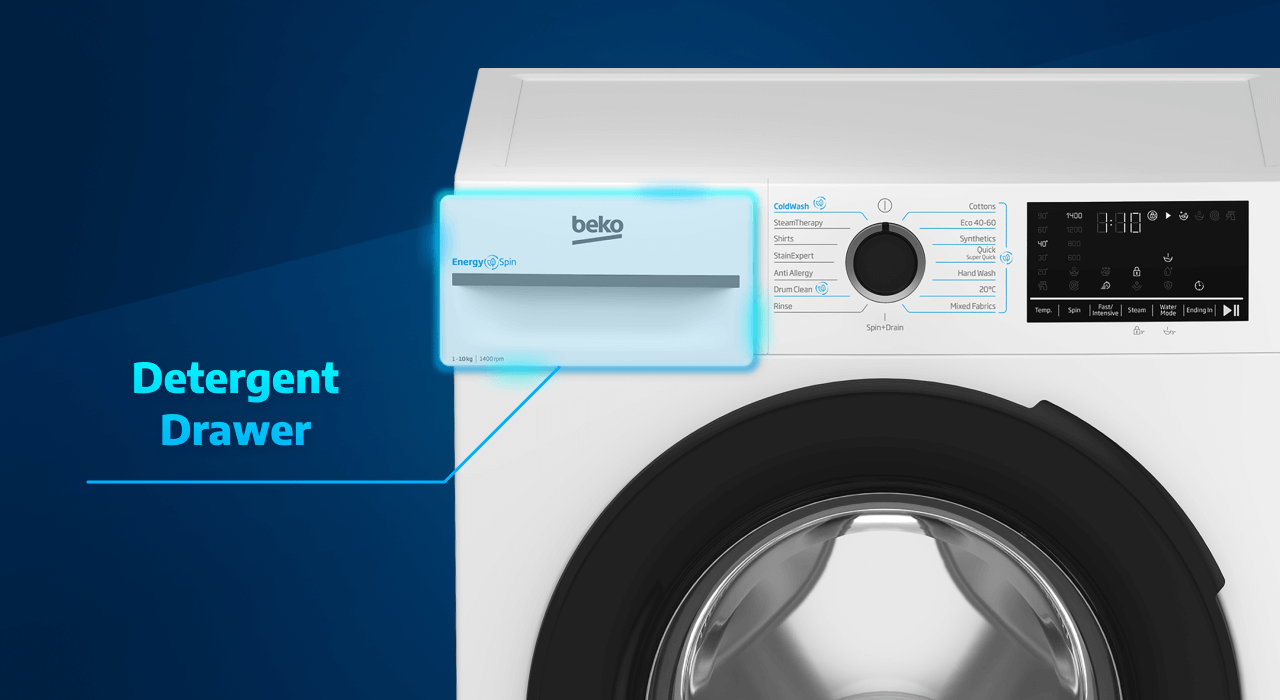
Your detergent dispenser is the drawer in the top corner of your machine. This is where your powder or liquid detergent goes to feed into your drum during the cycle. Knowing how to load your detergent correctly is important for achieving the best cleaning action.
If you’re noticing issues with your detergent dispenser, such as leaking or the detergent not reaching your laundry, there might be a drainage issue. It’s important to remove the drawer and check for any debris or dirt buildup that may be blocking it. If you cannot find an issue but still experiencing problems, contact our Customer Care team.
Exterior casing and finish
This is the exterior of your washing machine, including the side, back, and front panels. These panels should be clear of any cracks or dents. If you notice any damage to the body of your washing machine, it could indicate a larger issue inside, so please get this checked as soon as possible.
Taking care of your exterior includes cleaning it regularly. Make sure to wipe down the front of your washing machine as part of your monthly cleaning routine to keep your washing machine looking its best and to spot any potential issues instantly.
Interior parts of a washing machine
The interior of your washing machine plays a large part in cleaning your clothes, so it can be inconvenient if it breaks. Knowing how to care for the inside of your appliance can ensure its longevity, keeping your clothing smelling and feeling clean for longer.
But what parts does this include and how do you spot issues with any individual part?
Drum and tub
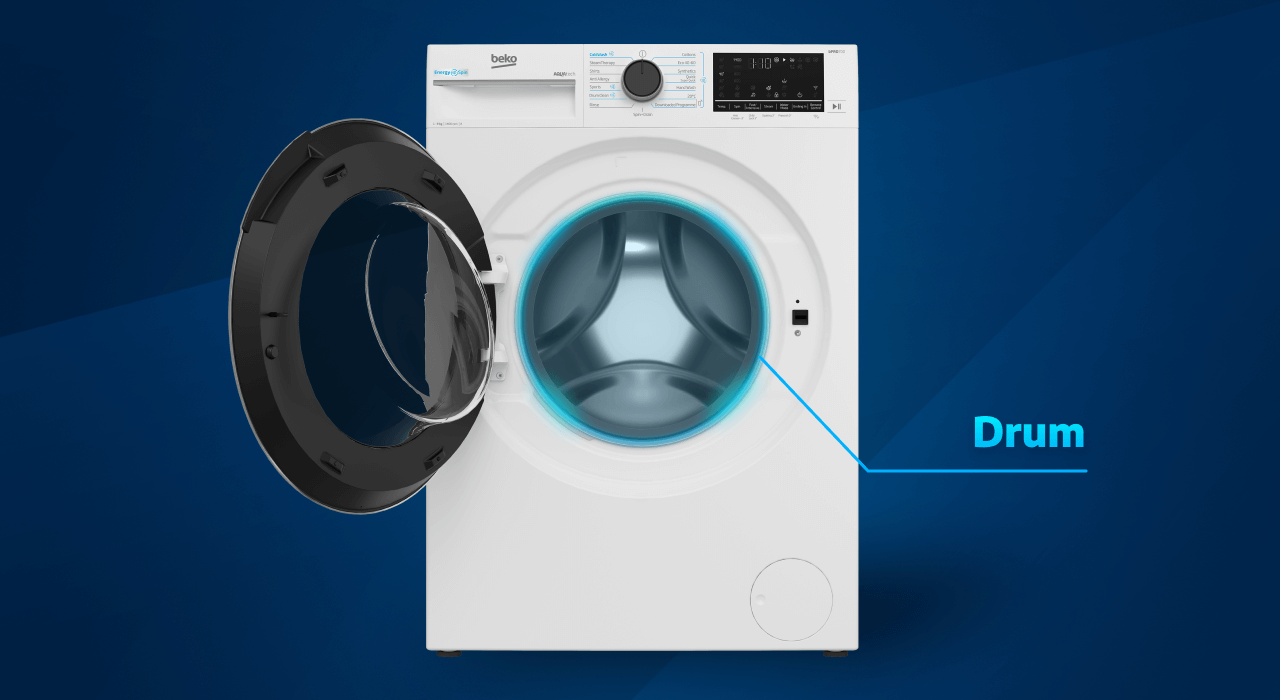
When doing your laundry, you will deal with your drum directly. This is the large inside portion of the washing machine where you put your laundry. Some common issues that might occur with your drum include difficulty spinning and a bad smell.
Regular cleaning and maintenance, as well as avoiding overfilling it, can ensure the health of your drum. Before each cycle, make sure there is nothing caught in the drum, such as a shoelace aglet or pins, before loading.
Agitator and propellor
If your drum isn’t rotating correctly, it might be due to your agitator or propellor. These components ensure the cleaning of your clothing. If your agitator, propellor, or even impeller aren’t working as they should, then your clothes will not get the agitation action they need to come out clean.
If you notice your drum isn’t spinning properly or that your clothes are coming out dirty, contacting a professional to look at your appliance is the best option.
Drain pump and hose
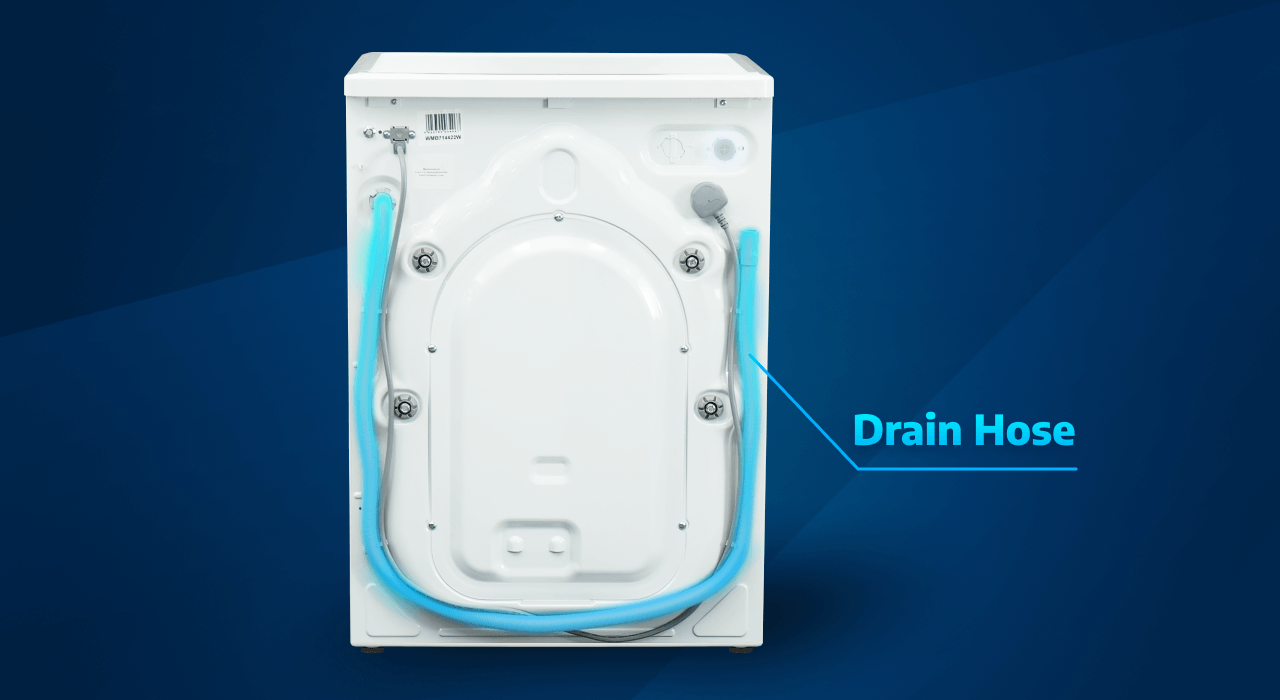
The drain pump and hose help remove dirty water from your washing machine, draining the drum and dumping the wastewater into your sewage system. If you’re finding that your washing machine isn’t draining properly, it could be due to a blockage within your drain hose. Check the hose for any unnatural twists or blockages.
Equally, if your washing machine wasn’t installed correctly, this could cause issues with your water entering and draining from your machine. Find out correctly.
Water inlet valves
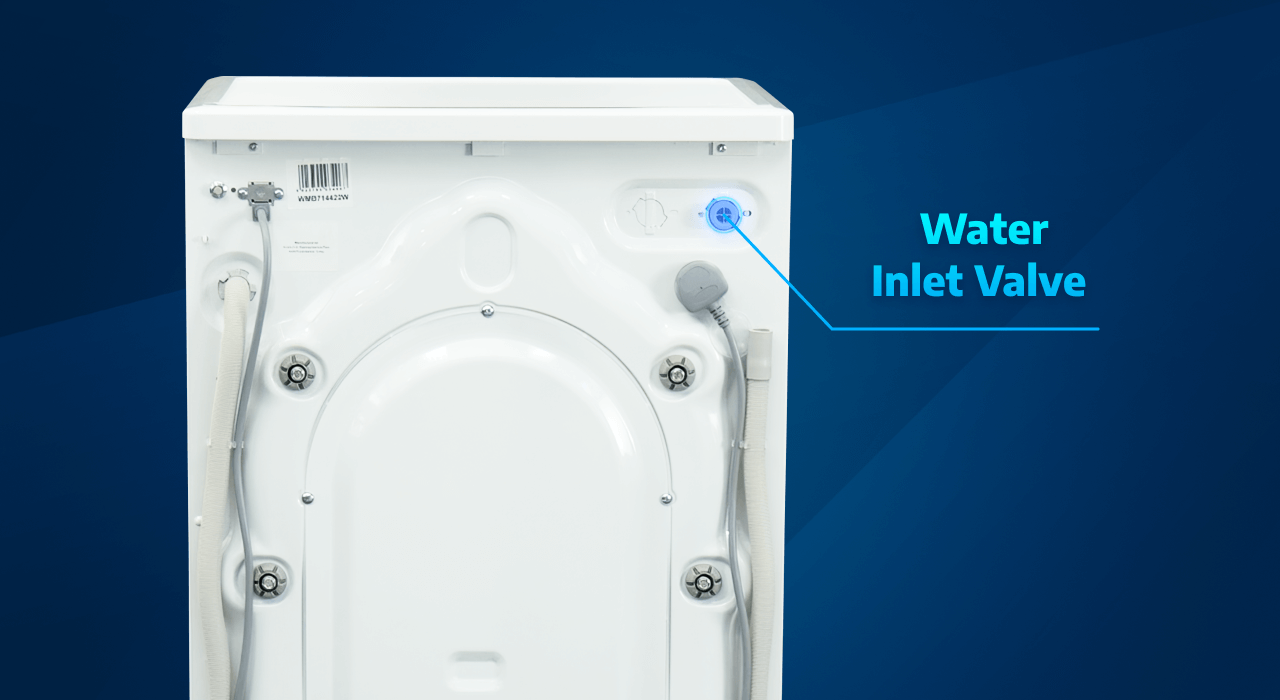
This is where the hot or cold water comes from your water mains into your washing machine. This setup includes a singular pipe with connectors to attach your hose to the washing machine and plumbing. The plumbing might be a specific washing machine inlet or part of your kitchen sink's plumbing. If not connected correctly, your washing machine might not get the water it needs to clean your clothing. Check your manual and ensure everything is connected correctly and tightened - loose connections can stop water from getting to your machine and result in leaks and water damage to your home.
Mechanical and electrical components
The mechanical and electrical components can be difficult for someone to fix at home. If you're noticing an issue with these on your appliance, it is important to contact a professional for assistance. Any issue with these components can damage your appliance and affect its ability to clean your laundry properly.
Motor and transmission
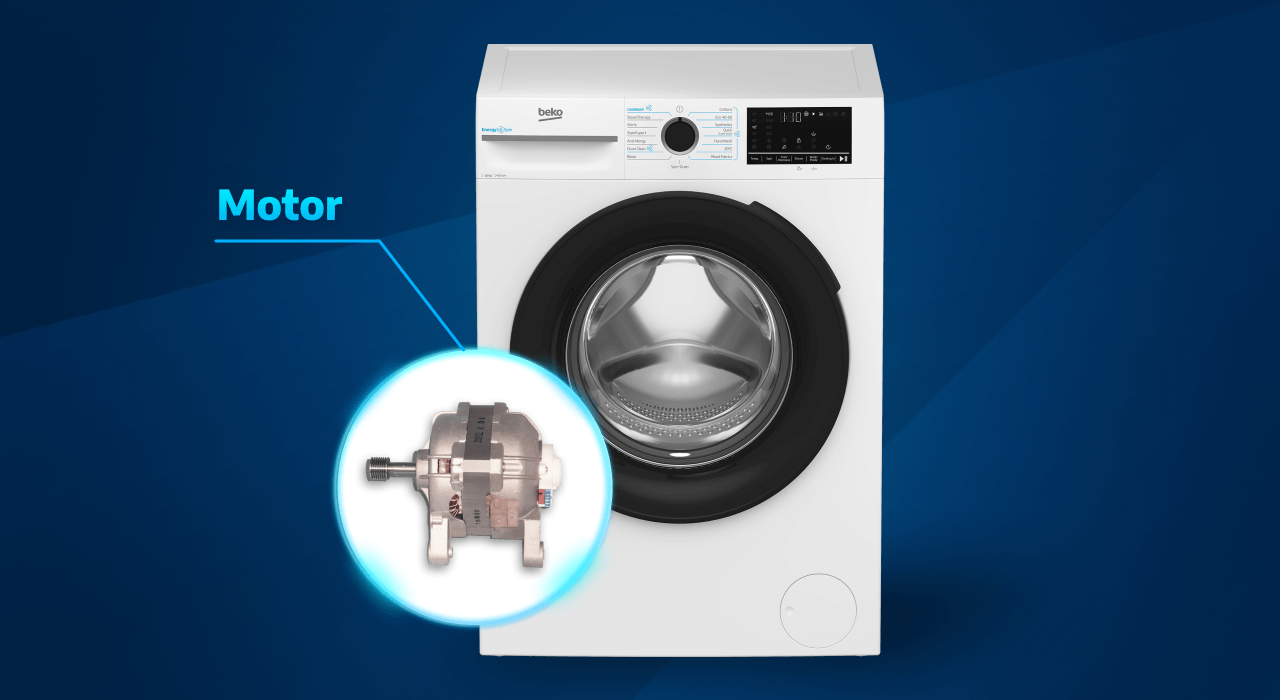
Your motor and transmission are crucial for the spinning of your drum and the operation of your appliance cycles. If you're experiencing issues with your motor, it might affect the ability of your drum to spin correctly. The motor drives the drum and controls its speed and direction, while the transmission is essential for shifting gears, especially for faster spin settings on your washing machine.
Common issues with the motor and transmission may include difficulty in drum movement, challenges in increasing speed, and even overheating. If you're experiencing problems with your motor, it's advisable to contact a professional for assistance.
Suspension rods and springs
The suspension rods and springs are important for stabilising your drum. If these wear down or break, they may fail to absorb shocks or support the weight of the drum effectively. Without proper stabilisation, the drum cannot function correctly, and agitation or spin cycles could potentially damage other parts of your machine.
Excessive vibration and noise during spin cycles are indicators that your machine is struggling with its suspension rods and springs. Whether due to a loose connection or general wear and tear, these issues can cause significant problems for your washing machine. Regularly inspecting the drum's stabilisation and ensuring a balanced load can help prevent these issues.
Wiring and control board
This is how your machine recieves the electricity it needs to clean your clothes. Any issues with the electrical system of your washing machine can be series and should be inspected by a professional electrician or appliance specialist. Do not attempt to fix faulty, loose, or broken wiring on your own.
Signs that your wiring may be faulty include intermittent shutoffs, difficulty turning your appliance on, or a broken control display.
Sensors and safety devices
In your washing machine, there are many sensors designed to optimise the cleaning process for your clothing. These sensors typically include:
- Water level sensor
- Temperature sensor
- Speed sensor
- Load sensor
- Vibration sensor
All of these sensors play important roles in the operation of your washing machine. Any damage to a sensor could alter your machine’s ability to accurately assess cleanliness or operate safely. For instance, issues with the water level sensor might prevent the washing machine door from unlocking as a safety precaution.
If you’re experiencing a malfunction with your appliance, including difficulties opening your machine, it is best to consult a professional.
Understanding washing machine part functions
Whether you’re installing your washing machine or performing regular maintenance, understanding the different components and their functions can help identify potential issues when cycles don’t complete properly, and troubleshoot simple issues when they occur.
Water supply and drainage
Simply put, this is how your appliance gets water in and out to clean your clothing. It involves correctly plumbing your washing machine to the water inlet and ensuring that the waste pipe is properly connected to your sewage network. Issues with the hoses, such as twists, blockages, or tears, can lead to problems such as difficulty filling the drum with water or inadequate drainage.
Agitation and spin cycle
This is vital for cleaning your clothing. Once the water and detergent are in your drum, your machine should be able to move freely to clean your clothes. This includes high-level spinning or gentle agitation to ensure clothes rub together effectively, ensuring optimal cleaning.
Cycle control and programming
The ability to choose your preferred programme or cycle allows you to select the right settings for your laundry load. This includes setting the agitation level, temperature, and cycle length according to your needs. Depending on your manufacturer, you will have various programmes and settings available. If you encounter difficulty selecting a cycle or suspect that your machine is not running the selected cycle, it's advisable to contact a professional for assistance.
Common washing machine parts replacements and repairs
If your washing machine isn’t running correctly, you may need repair or replacement of various parts. Some common issues people encounter with their appliances and the corresponding parts that may need attention include:
- Water inlet valve – This component regulates the flow of water into your washing machine. If the water level isn’t as expected, it can lead to insufficient cleaning of your clothes, as well as trigger issues with the water level sensor and safety mechanisms. Loose or broken connections may require replacement or reinstallation.
- Drain pump – Responsible for expelling water from your machine, the drain pump is crucial. If your washing machine fails to drain properly, it could indicate a problem with the drain pump, necessitating repair or replacement.
Control board – Damage to the control board can result in various issues such as electrical shorts or display malfunctions. Addressing these issues promptly and replacing the control board as needed ensures your machine operates correctly.
Understanding your washing machine parts can help you to identify issues promptly. Common problems like drainage or cycle control often stem from specific components of your washing machine. Recognising these signs and knowing where to inspect for faults on your machine can enable you to quickly resolve the issue and ensure your laundry routine runs smoothly.
If you’re experiencing difficulties or need assistance diagnosing and fixing the problem, our Customer Care are here to help.
Need Product Support?
If you have any questions about your Beko appliance, we are here to help. Finding answers and information is easy with Beko’s helpful online resources, simply browse our product support topics below and select the one that is relevant to you.
Manuals
Beko manuals contain helpful information and advice about your appliance.
View ManualsProduct Registration
We can quickly contact you for an important product update or service repairs.
Register ApplianceFAQs
Browse the most asked questions about our product range.
Search FAQsHow-to Videos
Helpful how-to videos on our appliances.
View How-Tos
